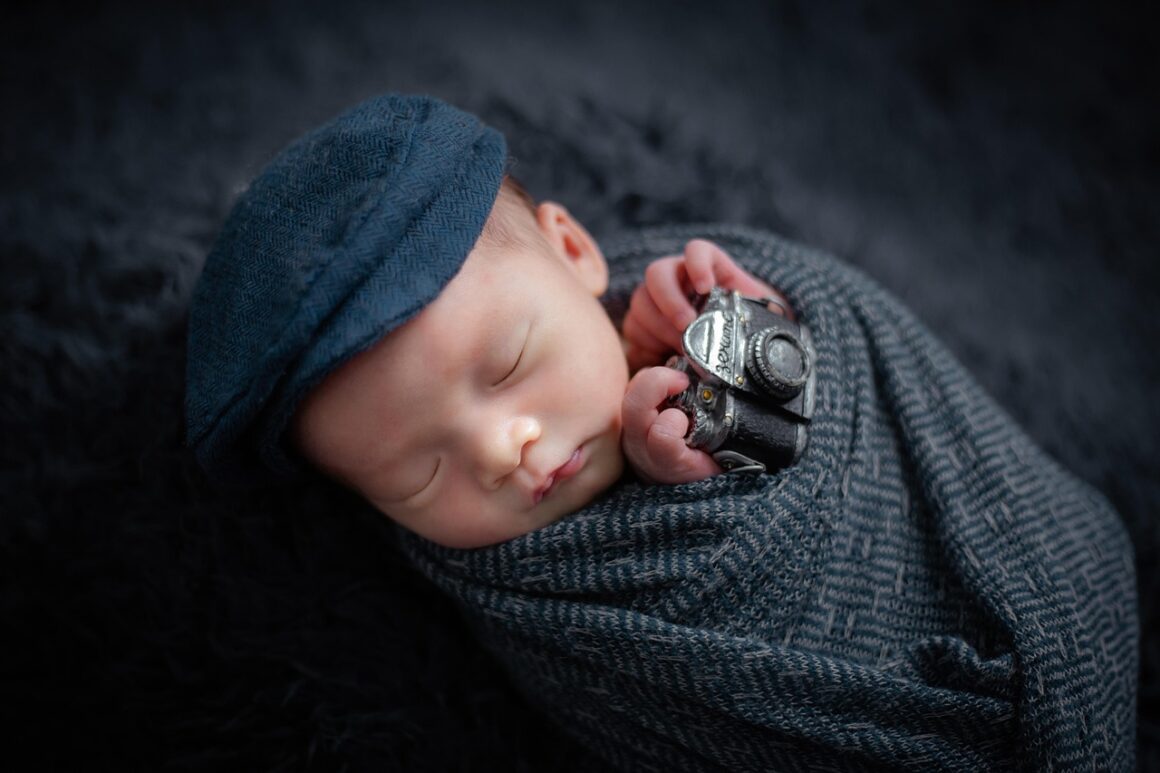In 2005, Yvette Cade was working inside of T-Mobile when her estranged husband, Roger Hargrave, walked up to her, doused her in gasoline and set her on fire. Just last week, Dasheria Barksdale was stabbed to death by her boyfriend, Melvin Williams. Both women did as they were advised by loved ones: to leave the abusive relationship. Alas, they were still victims of horrendous acts of violence.
In the United States, an average of three or more women are murdered by their boyfriends or husbands each day, according to the American Psychology Association, with African-American and Indigenous women leading as the most prevalent victims in homicidal rates African-American women represent 4.4 out of every 100,000 deaths and Indigenous women 4.3 out of every 100,000, respectively.
Between 2003 and 2014, the CDC inspected more than 10,018 female homicides. In murders where the circumstances are known, the killer was a current or former intimate partner about 50% of the time. (This number also includes family members/friends who tried to intervene and possible bystanders.) It was found that more than 98% of the murderers were men. Typically, men are more likely to be involved in a homicide than women. 77% of homicide victims are men, according to the FBI, while more than 90% of known offenders are male.
There is a societal conditioning of believing that women will automatically be freed of domestic abuse the moment they decide to leave their (typically male) partner, that once they are able to escape a troubled home, there is no danger lurking right behind them. Both Yvette and Dasheria decided to leave their abusive partners and were met with different, yet still appalling, fates. Why is that?
Women stay? They’re abused. Women leave? They’re abused. Maybe, just maybe, the problem does not lie with the woman, but the abuser.
What is whispered but not talked about nearly enough is male aggression. Of course, women and girls can show signs of aggression or have aggressive characters, however, while those attributes are often shut down for them, it is seemingly encouraged for men. In order for men to get what they want in life, they must be assertive, proactive, leader-like, even mean. It’s an expected trait that is pacified, nurtured and fortified by society.
In 1993, American social psychologist Leonard Berkowitz noted that traditionally, men and women are taught to execute different social roles. Berkowitz used the subsequent explanation for his theory: “Think of all the ways in which modern Western society teaches children that fighting is more suitable for men than for women. Folk literature and the media constantly present men, and not women, fighting. Parents buy toy guns for boys and dolls for girls. Parents are more willing to endorse and encourage the aggressive behavior of boys, and not of girls. Again and again, directly and indirectly, minors learn that men are aggressive, and women not.”
When we think of acts of terrorism such as school shootings, as we discuss it, many people like to be vague and put the blame on “young people,” when, in reality, it is not young people, but young men and boys in particular. Girls and young women, while certainly not always non-violent, are often not the perpetrators of acts of violence.
A study in 2017 showed that between the years 1982 and 2017, there were only two mass shootings that were executed by female shooters and eighty-seven by male shooters. We can argue all day about whom is more aggressive, whether that be physically, verbally or mentally, but the facts are facts. By denying the truth and discussion of male aggression, we further perpetuate the stigmas that men should be aggressive.
There is also a societal conditioning of women having to stand by their male partners’ sides. There is a lot of talk about how “this generation” is not doing as well as those did in past generations, the main fault being women leaving relationships. The constant “Wives stayed with their husbands no matter how bad things got!” runs rampant on and offline and only preserves and furthers the idea that women are supposed to be subjected to different forms of abuse in order to keep their men, marriages and families intact. While marriages did last longer back then, it would be asinine to believe that many of the wives in those marriages did not want to leave.
Divorce was greatly looked down upon due to religion and the general society, and since women were not able to have credit cards of their own until after 1974, women did not always have the social, religious or financial wellness to back them up if they were to leave their husbands. The same is true for today. There are some women stuck in relationships because they are not allowed by their male partners to attain financial means, families and friends want them to “stick it out,” they are protecting their children because, yes, their abusive partners will tell them that they will hurt them if she leaves, the effects of psychological and mental abuse they endured while living in an abusive home, or because they feel they will be judged by the people around them if they are to get divorced. And if they do choose to leave, as aforementioned, they are not always safe, especially if their male partner is known to be abusive.
I can go on all day educating the minds of those who do not understand that leaving an abusive relationship is not always easy, but I’ll conclude with this: Stop blaming the victim. It is never the victim’s fault. The abuser is the one at fault. If you’re going to be angry at someone, that is who it should be.
Women in abusive relationships already have it hard enough being (or leaving) the relationship, the last thing they need to hear is that their demise was their fault.
If you or someone you know is in an abusive relationship, click here for further assistance.




